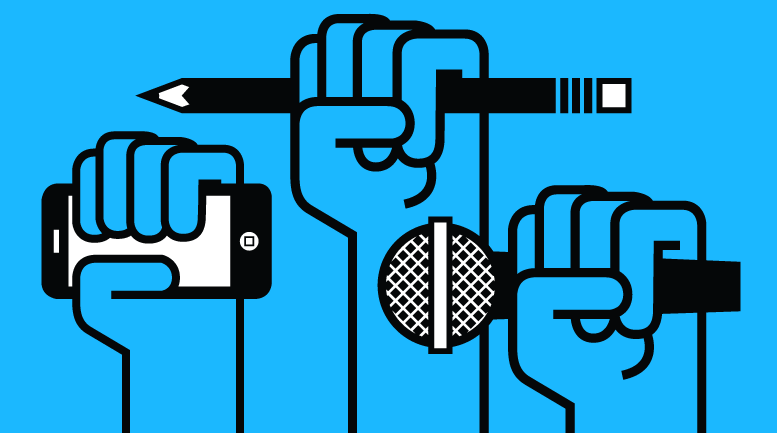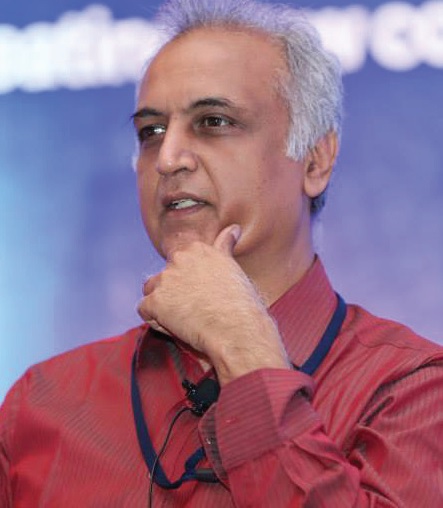I am writing this on World Press Freedom Day, May 3. As the old Chinese curse goes, “May you live in interesting times.” If the Internet and social media are any indication, the press has never been freer. Anyone with a smartphone is now a publisher, reporter and editor. Yet, there is concern that President Donald Trump in the US targets the respected New York Times or CNN while in India, the word “presstitute” became common currency after the army-chief-turned-loose-mouthed BJP leader and minister Gen. V.K. Singh used that to describe journalists.
For some reason, I am reminded of French thinker Jean-Jacques Rousseau, who famously said:
I can add, desi style: “Same to same for press freedom, saar.”
I think there are four major challenges facing press freedom today — ironically hindered rather than helped by democracy and new technology.
- The rise of right-wing politicians like Trump in the US, Narendra Modi in India and Recep Tayyip Erdogan in Turkey has given rise to nationalist populism in which fierce loyalists confuse democracy with a majoritarian culture and do not recognise an independent media as a credible bulwark to sustain democracy.
- Crass commercialisation of media (because those who work for the press have to live and profit!) has given rise to allegations of “paid news” that has confused legitimate concerns about revenues and costs with corruption or pay-offs, with no-one any wiser.
- While the Internet and social media have lowered the cost of launching a publishing venture, the all-around rise of noisy public opinion on the one hand and fake news on the other are posing fresh obstacles to the process of news gathering and articulation.
- The Internet has disrupted the old business model based on ad revenues that sustained high-cost journalism. Remember, good journalism costs a lot in terms of research and travel expenses (not to speak of decent salaries for intelligent workers).
What all that means is that we are in the painful throes of reinventing journalism as we have known it. The “controlled” model of editors and media institutions is a bygone luxury, while commercial and political populism have resulted in a new landscape that needs careful re-examination. I am happy to see bodies like the Independent and Public Spirited Media Foundation funding a slew of bold and new publishing ventures (mostly digital). I am happy to note that the odd right-leaning Swarajya is found there in bed with the left-leaning The Wire in the foundation’s stable of grantees.
But we have only just begun. The new landscape — in which even the word ‘press’ is an anachronism — needs more than a few pennies for its thoughts because the challenges I have listed above need more than good intent and old-fashioned slogging. We need to go beyond to evolve sustainable models of news-gathering, communication and business. There is lots to do.







Be the first to comment on "Old media style won’t do. Press freedom is in a complex new landscape"